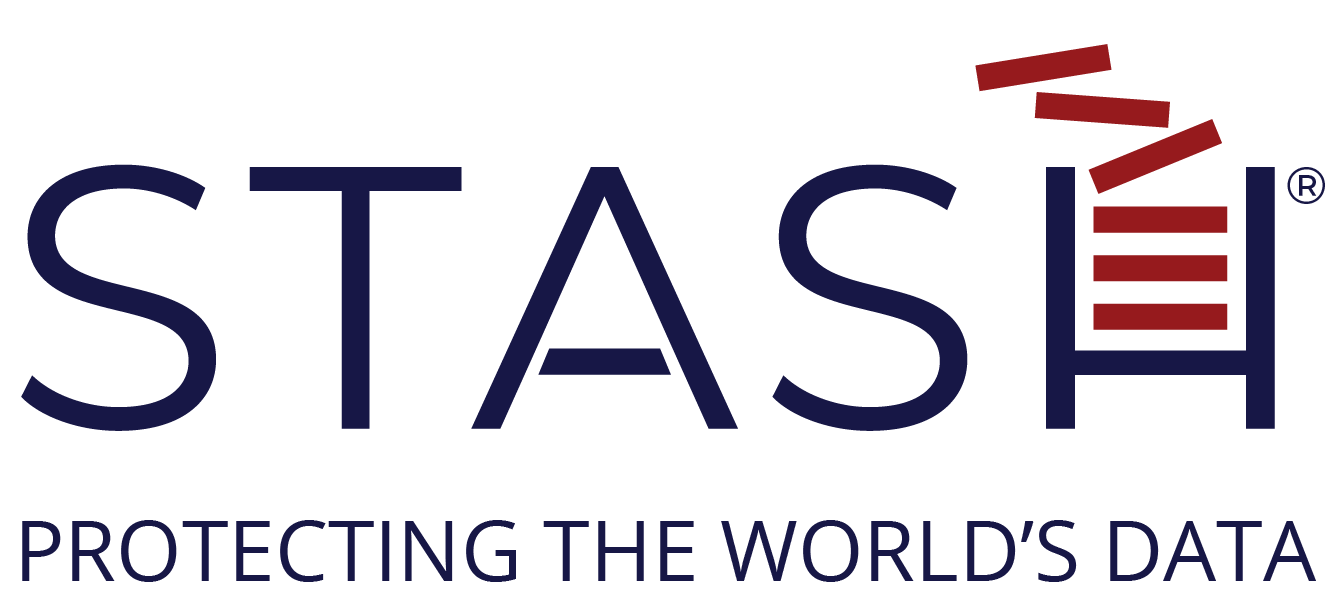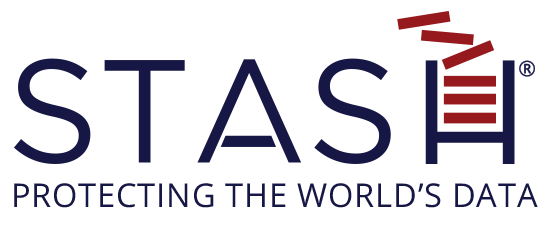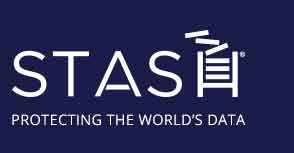The “security” industry, as a broadly encompassing term, had progressed tenfold since the time before the Internet when confidential information was in physical files, floppy disks, and databases. In the age of the Internet, your information is seemingly everywhere.
Ensuring that data is properly protected has become a critical need for online businesses. Data erasure or public dissemination by malicious actors or algorithms can be incredibly damaging to an organization’s brand and stock market valuation, not to mention millions of dollars in business downtime, remediation fees and fines, future business malaise, and for smaller businesses, the prospect of going out of business (65% do within 6 months of a breach).
Today, data encryption and masking are popular techniques for helping to protect an organization’s data.
The Difference Between Cybersecurity & Data Security
“Cyber” is a word used for anything related to computers, AI, or information technology. For instance, cyberbullying is bullying, which occurs through the medium of technology; there is the interdisciplinary field of Cybernetics; there is even a Tesla Cybertruck.
Case in point–Cyber is a very broad and nebulous term that has a host of different subcontexts and meanings. Data is a much more specific word as it describes the facts, figures, and statistics, which make the basis for reasoning and calculation.
Data security is a specific subset of cybersecurity that focuses specifically on security of data, both structured (usually database data, strings of numerical and alpha figures without boundary or form) and unstructured data (the kind of data that makes up 80% or more of business data: documents, spreadsheets, IP, media, etc.
So when somebody says, “I’m concerned about my Cybersecurity,” more often than not, they are concerned about a sensitive data breach.
So What is Real Data Security Anyway?
Let’s take the example of the social security number. Joe Generic’s SSN is 078-05-1120. This nine-digit code is an example of structured data: it resides in a fixed field within a record or a file.
The only way this code is authentic is if these nine numbers are in this order, ergo structured. In the hands of cybercriminals, personally identifiable information can be quite useful when committing identity theft.
The number sequences 05, 1120, and 078 are meaningless when separated from the full data scheme. By separating, encrypting, and moving these pieces of information to various databases, the encrypted data is entirely secure. If one database is hacked, the information stored within it is useless because it is out of context.
How STASH Provides Real Data Security
Multi-Factor Authentication (MFA): The critical first step to ensure that you are who you claim to be. Organizations that already have their own MFA can simply eliminate this module from the STASH deployment and keep their own if preferable.
DigitalConfetti®: Unstructured data that is encrypted, parsed , and saved in multiples to multiple locations to maximise security, resilience, and all-the-time permissioned access.
Keys-on-the-Fly®: When a user initiates the process of encrypting or decrypting files via SaaS, or automatic and autonomous APISecure Backup, STASH®’s Keys-on-the-Fly® are generated from multiple components when they are needed and destroyed immediately after use. They are not stored anywhere during non-activation when not in use, to avoid snooping
Digital Rights Management (DRM): Data access control in and outside of the organization through rules and regulations controlled by the organization, not by STASH®. An administrator dashboard is the control center; users enjoy a ‘no-touch’ business-as-usual experience that eliminates responsibility and accountability at their level.
Always know where data is and who has it; be alerted when data is passed digitally or by portable drive to an unauthorized party; be alerted when someone without permission attempts to access the contents of a file without success.
This is the only logical method of truly securing data – by securing the data itself. For a long time, the notion that data could be protected with fences, walls, moats, aberrant behavior sensors, and honey pots was the accepted protocol.
These defensive focused methods of security: Network Access Control, VPNs, Endpoint Security, and other security methods don’t protect data in the instance of a real cyberattack because they were not built to do so; a vulnerability that is becoming widely known.
Unless you are utilizing a datacentric security solution like STASH® that protects data by protecting the data itself, that data is completely vulnerable.
The STASH® approach to data security also ensures that your business is compliant with the General Data Protection Regulation (GDPR) as well as ever multiplying US Data Protection laws and regulations.


